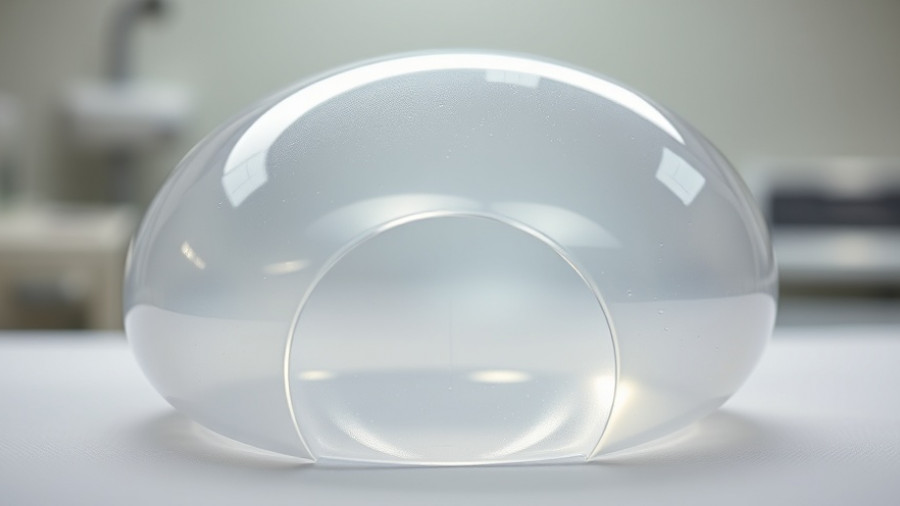
Understanding Hair Transplants for Receding Hairlines
Have you ever looked in the mirror and noticed that your hairline isn’t where it used to be? If so, you’re not alone. Many people experience hair loss for various reasons, making a hair transplant an appealing option. But can someone with a significantly receded hairline still consider this procedure? The answer is, yes! In this article, we demystify the process and help you navigate your options for a fuller head of hair.
In 'You CAN Get A Hair Transplant With A Significantly Receded Hairline!', the discussion delves into the feasibility of hair transplants for those facing significant hair loss, prompting us to explore this topic further.
What Is a Hair Transplant?
A hair transplant is a surgical procedure that moves hair follicles from one part of the body (usually the back of the head) to balding or thinning areas. This is commonly referred to as donor and recipient sites. The primary goal is to achieve a natural look, which is why it's crucial to consult with experienced professionals.
Why Hairlines Recede
First, let’s understand the reasons behind a receding hairline. Genetics, hormonal changes, stress, and age are the primary factors that contribute to hair loss. It’s essential to know that it's completely normal. Understanding the underlying cause of your hair loss can guide your approach to treatment.
Consultation Is Key
Before considering a hair transplant, scheduling a consultation with a qualified specialist is crucial. During this visit, the surgeon assesses your scalp, discusses your medical history, and sets realistic expectations. Don’t hesitate to ask questions about the technique that will work best for your hair type and goals.
The Right Technique Makes All the Difference
There are two primary methods of hair transplant: Follicular Unit Transplantation (FUT) and Follicular Unit Extraction (FUE). FUT involves removing a strip of skin with hair follicles from the back of the head, while FUE extracts individual follicular units. Both methods can effectively cover a receding hairline, depending on your specific needs and preferences.
Your Journey: From Consultation to Recovery
The journey doesn’t end with the procedure. Post-operative care is just as important. After surgery, your scalp may feel sensitive, and it's normal to experience some swelling and discomfort. Following your doctor’s advice on recovery will ensure the best results. Patience is also key! Hair growth takes time, and seeing those results can be incredibly rewarding.
Emotional Benefits of a Hair Transplant
When someone opts for a hair transplant, the benefits extend beyond just aesthetics. Many people find renewed confidence and improved self-esteem. Embracing a new look can be transformative, allowing you to feel more like yourself again. This emotional uplift is a compelling reason to consider taking that first step.
Success Stories: Inspiration from Others
Let’s not overlook the inspiring stories of individuals who have undergone this transformation. From celebrities who reveal their hair restoration journeys to regular folks sharing their before-and-after photos, motivational narratives abound. Each story reminds us that a hair transplant could change not just your appearance but also your outlook on life.
Your Next Steps
If you’ve been contemplating a hair transplant, now is the time to educate yourself and reach out to a specialist. Gathering information is crucial in making informed decisions. Remember, every journey is unique, and the right choices will set you on the path to reclaiming your confidence.
 Add Row
Add Row  Add
Add 




Write A Comment